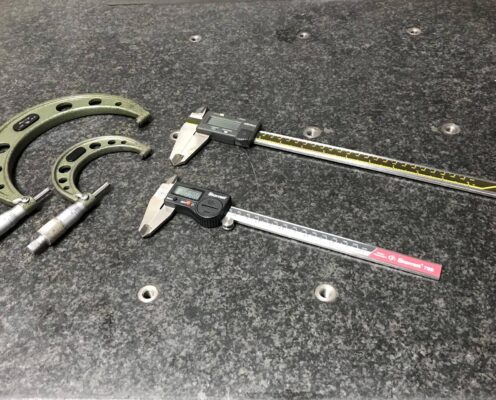At Gentzler Tool & Die, we offer advanced CAD/CAM design services to bring your concepts to life with precision and efficiency. Our skilled team uses industry-leading technology to streamline the design and manufacturing processes, ensuring that your projects meet exact specifications and are ready for production.

